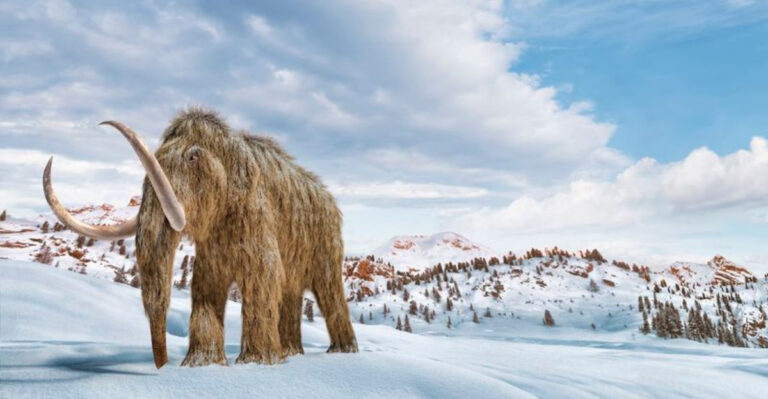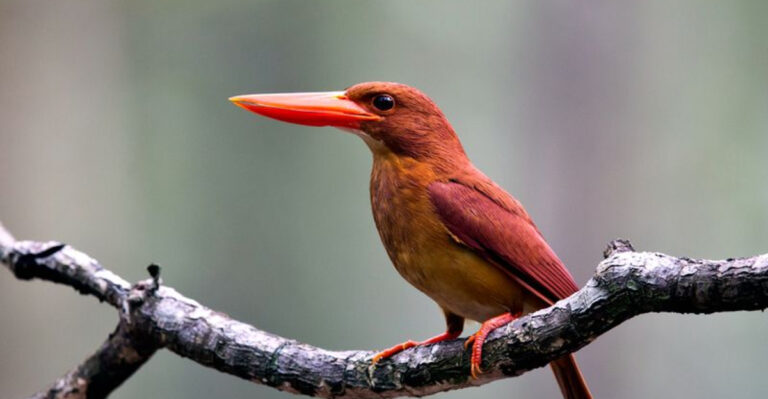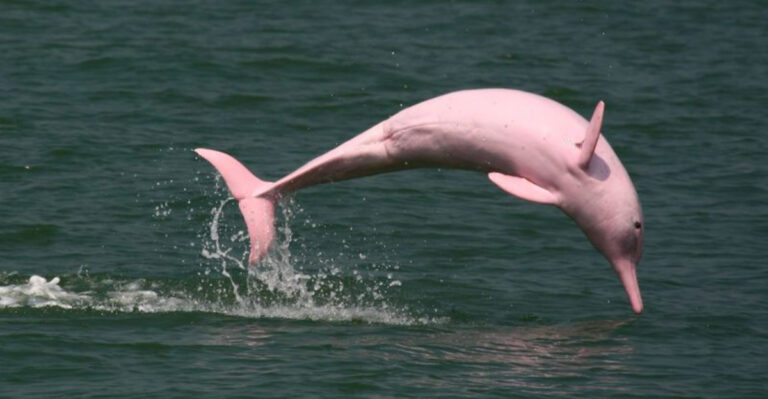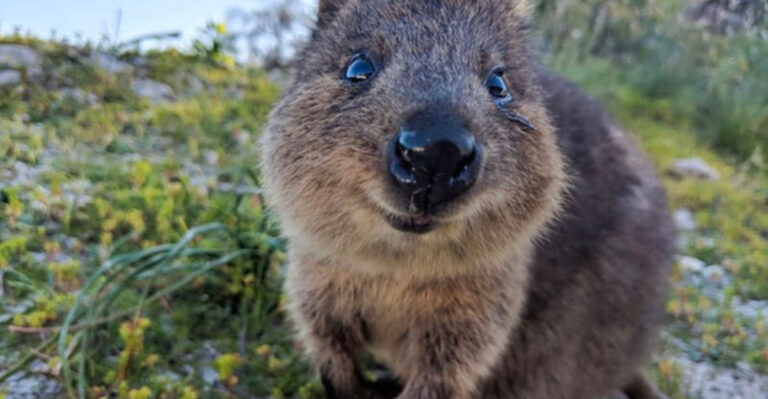How Wolves Transformed Yellowstone’s Ecosystem In Just 20 Years
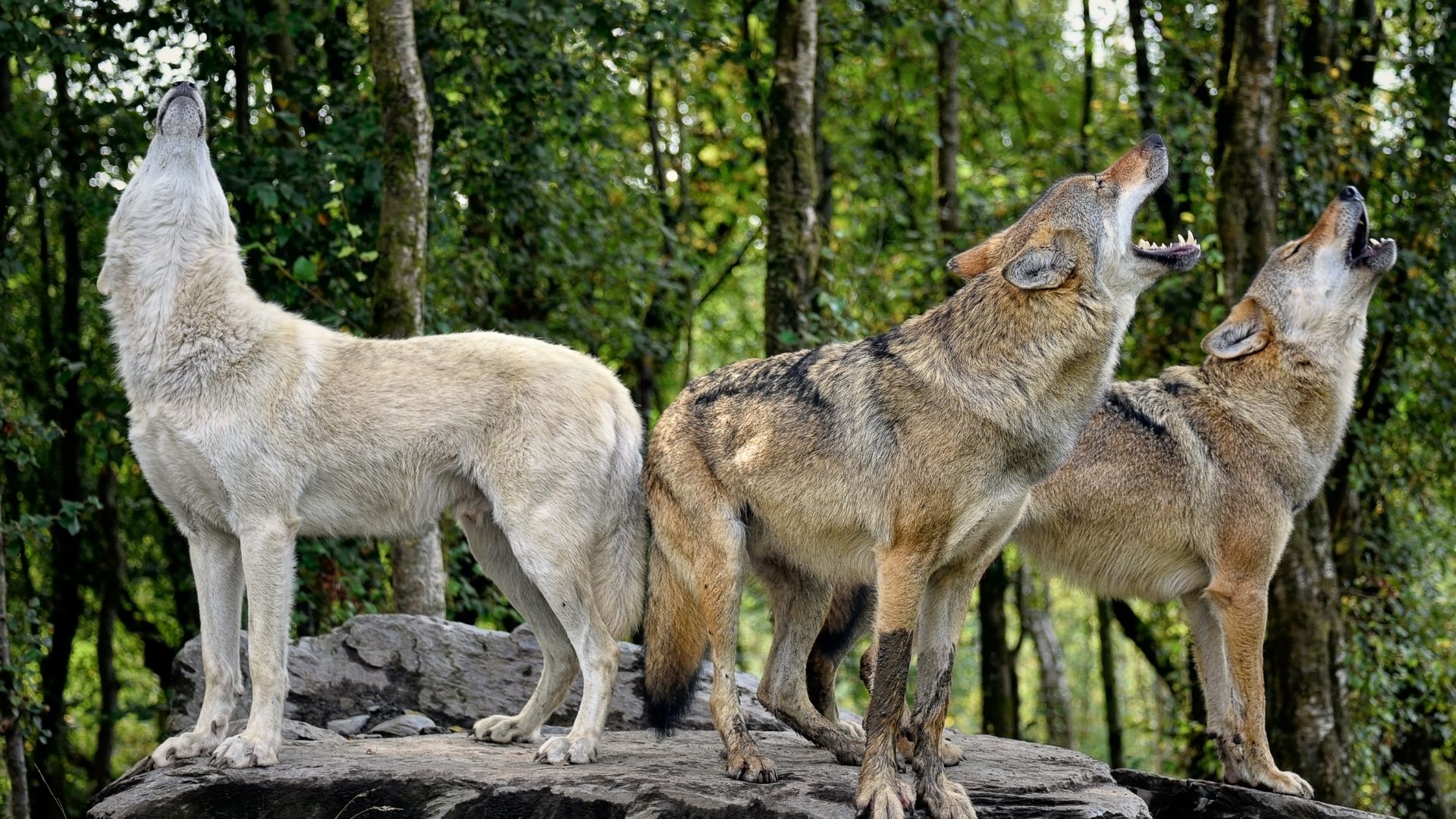
Wolves have been a keystone species in shaping the ecological dynamics of Yellowstone National Park.
Over the past two decades, their reintroduction has sparked remarkable changes, impacting various facets of the ecosystem. From the behavior of prey species to the very landscape itself, wolves have played a transformative role.
Let’s dive into the astonishing ways these iconic predators have reshaped one of America’s natural treasures.
1. Revival Of Aspen And Willow
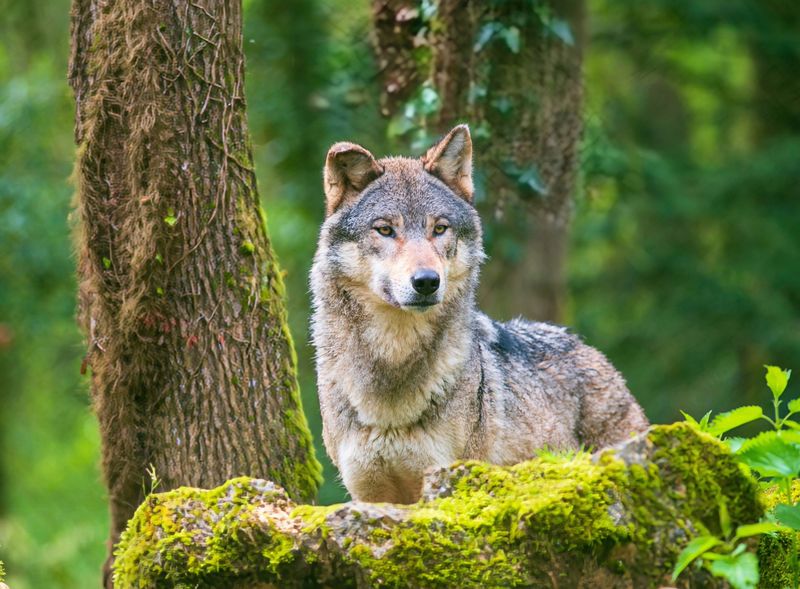
With the wolves’ return, aspen and willow trees began to flourish again. These plants were once overgrazed by elk, whose numbers dwindled as wolves kept them in check.
The regrowth of these trees created habitats for birds and beavers, enriching biodiversity. Besides providing food and shelter, aspen and willows stabilize the riverbanks, preventing erosion.
The change in vegetation has transformed the landscape, bringing back the lush greenery that supports diverse life forms.
2. Changes In Elk Behavior
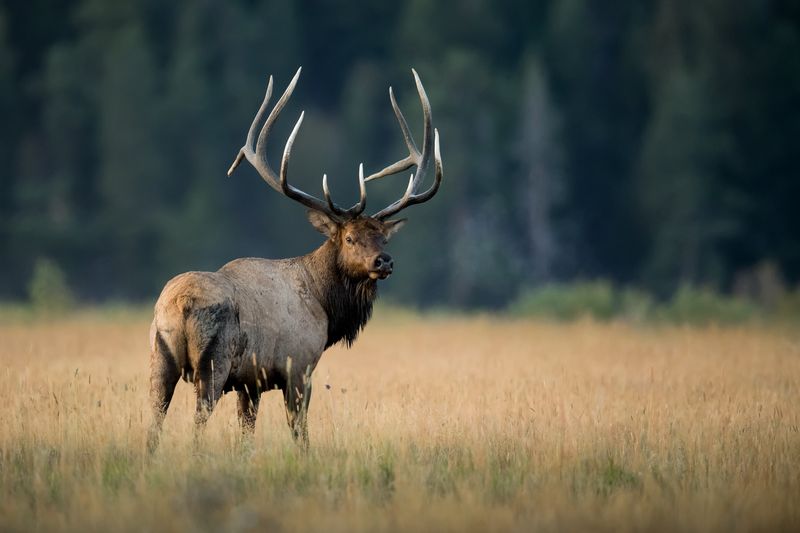
The presence of wolves altered elk behavior significantly. Elk became more cautious and vigilant, reducing their lounging time in open areas.
They started moving more frequently, which meant less time grazing in one spot, allowing vegetation to recover. This shift in behavior redistributed the pressure on plant life, leading to healthier grasslands and forests.
Such changes showcase the wolves’ indirect effect on the landscape, as elk no longer overgraze sensitive areas, allowing flora to thrive and support other wildlife.
3. Songbird Revival
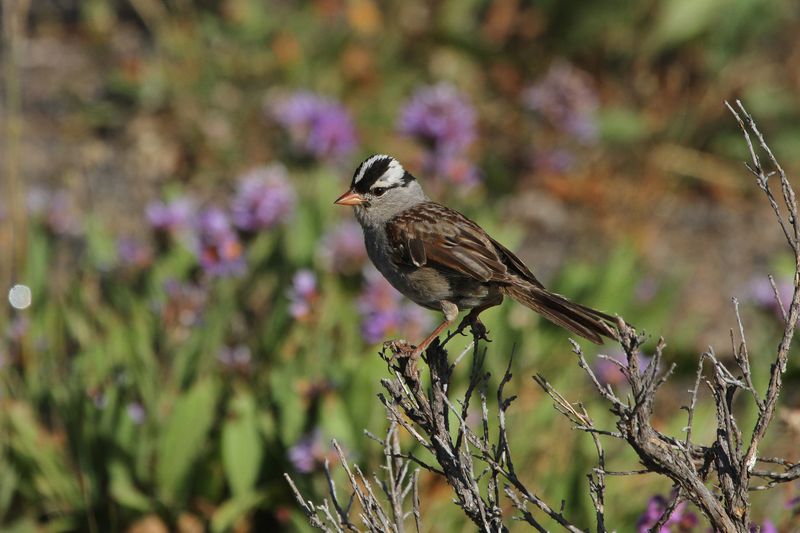
Wolves in Yellowstone indirectly boosted songbird populations. By controlling elk numbers, wolves allowed shrubs and trees to flourish again. This increase in vegetation provided more habitats and nesting sites for songbirds.
As beavers returned, creating wetlands, new aquatic habitats formed, attracting more bird species. These wetlands not only offered food but also safe havens for birds away from predators.
Moreover, with a decrease in coyote numbers, smaller mammals thrived, providing ample food resources for predatory birds.
4. Beaver Population Growth
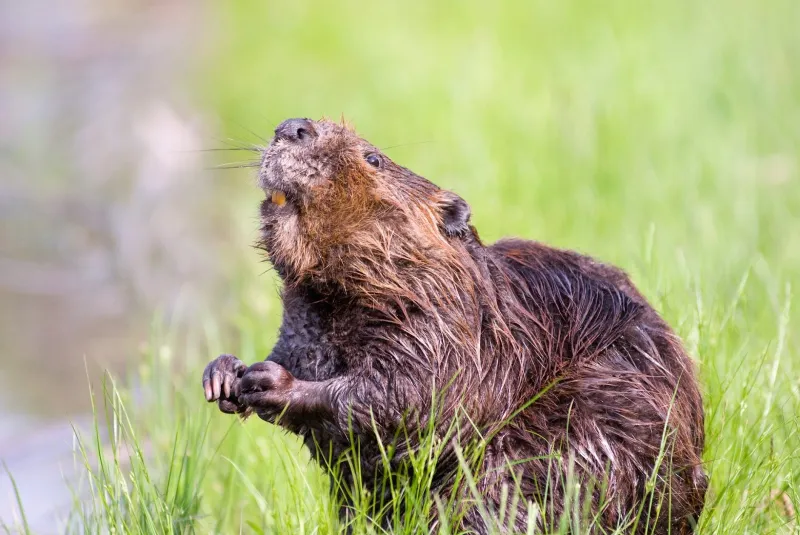
As willow and aspen populations increased, beavers found ideal conditions for building their homes. Wolves indirectly aided their comeback by controlling elk numbers.
Beavers’ dams altered waterways, creating wetlands that provided habitats for numerous species. These structures improved water quality and reduced erosion.
The presence of beavers has a profound impact on the ecosystem, showcasing how the reintroduction of wolves can trigger a sequence of ecological benefits, leading to thriving aquatic environments.
5. Stabilization Of Riverbanks
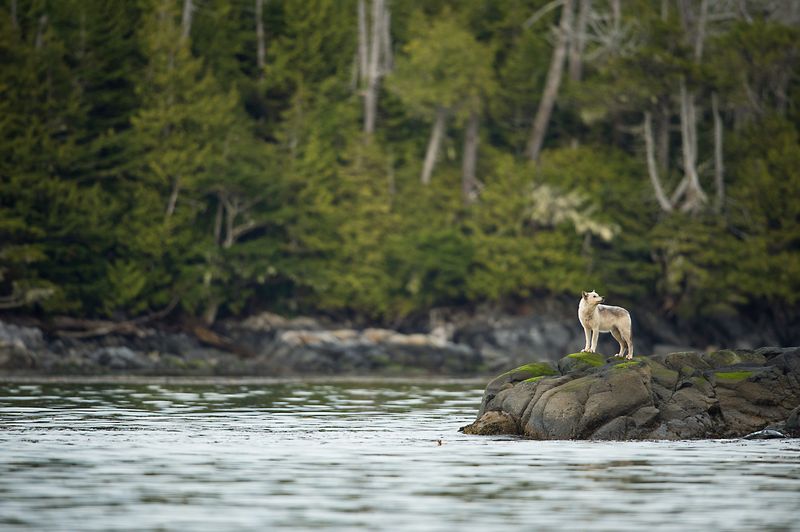
With reduced elk grazing, vegetation along riverbanks rebounded, thanks to the wolves’ influence. This regrowth stabilized the soil, curbing erosion and sedimentation in rivers.
Stable riverbanks improved water quality, benefiting aquatic life and creating healthier habitats. Birds and small mammals thrived with more food and shelter options.
This change underscores the wolves’ role in reshaping landscapes, showing how predator presence can lead to unexpected yet beneficial environmental outcomes.
6. Coyote Population Control
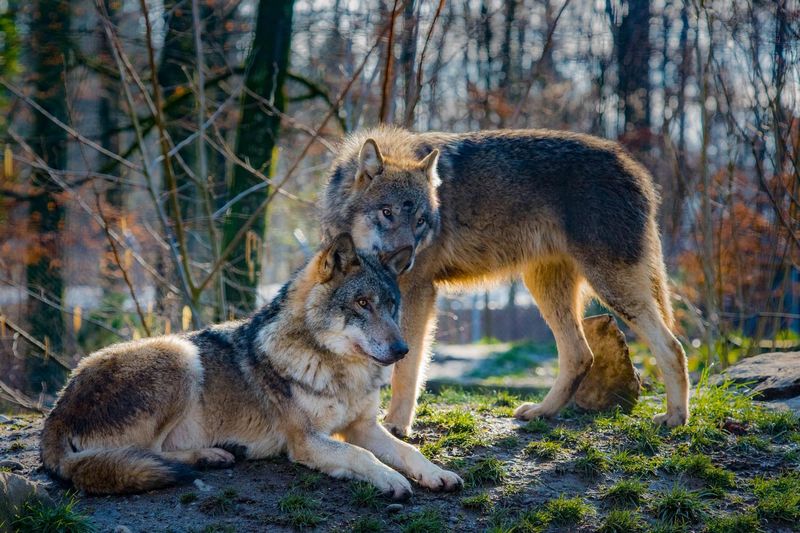
Wolves’ return led to a decline in coyote numbers as they competed for similar prey. This shift allowed smaller predators like foxes and rodents to thrive.
Coyotes, once unchecked, had dominated the landscape, but now balance is restored. The decrease in coyotes also allowed for greater rodent diversity.
This change illustrates the wolves’ influence beyond the immediate prey, affecting the entire predator hierarchy and fostering a more balanced ecosystem.
7. Growth Of Riparian Vegetation
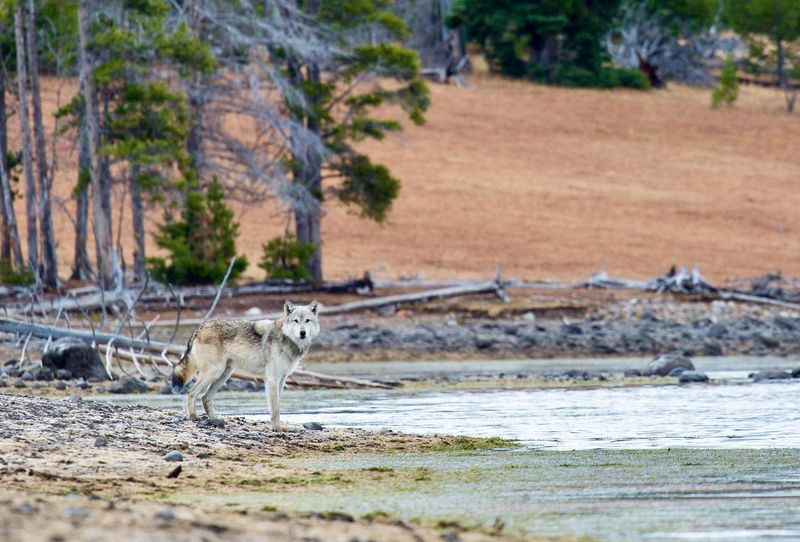
Riparian zones saw a resurgence in vegetation as wolves controlled elk populations. These lush areas, adjacent to water bodies, became hotspots for biodiversity.
The increase in plant life provided food and shelter for a myriad of species, from insects to birds. These zones acted as ecological buffers, maintaining water quality.
This transformation shows wolves’ indirect role in enhancing crucial habitats, illustrating how apex predators can influence ecological restoration positively.
8. Enhanced Scavenger Opportunities
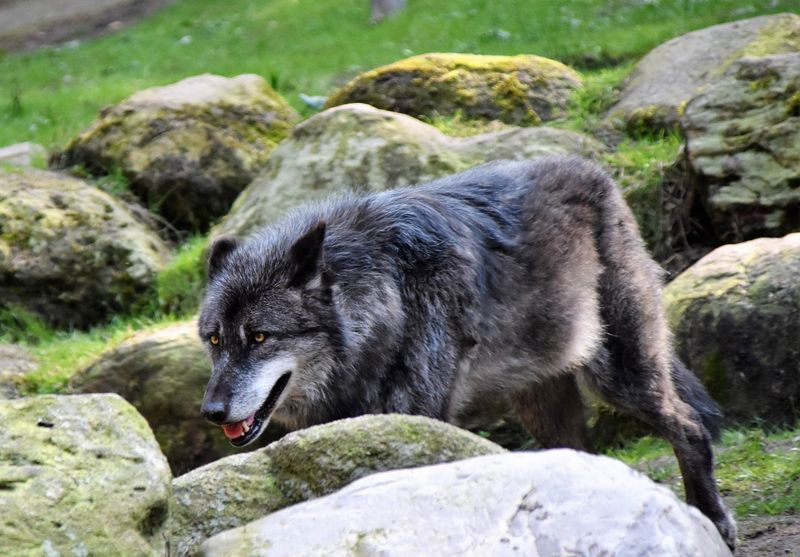
Wolves’ hunting activities provided increased food sources for scavengers. Carcasses left by wolves fed bears, birds, and other creatures, enriching the food web.
This additional food supply supported larger populations of scavengers, enhancing biodiversity. The presence of carcasses also facilitated nutrient cycling in the ecosystem.
This dynamic showcases the wolves’ crucial role in the food chain, where their hunting indirectly supports other species, promoting healthier wildlife populations.
9. Regulation Of Deer Populations
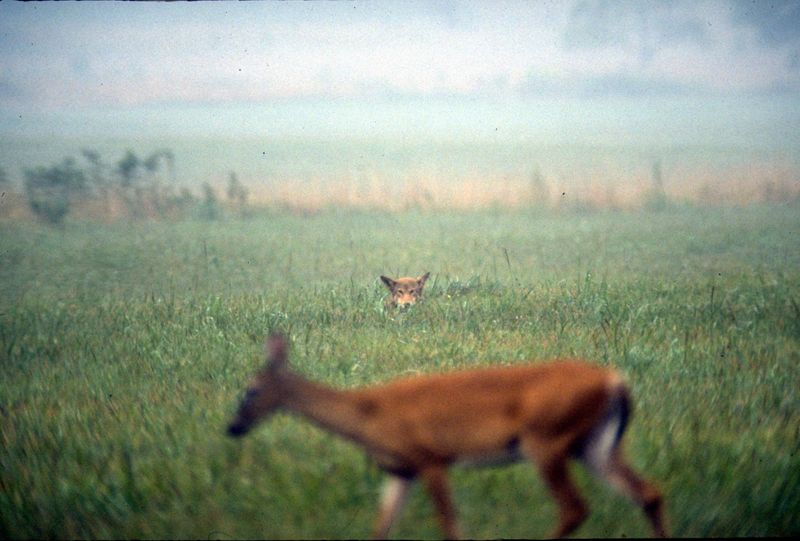
Deer numbers were kept in check with wolves around, similar to elk. This regulation prevented overgrazing, allowing diverse plant species to flourish.
The healthier plant community supported a wide range of wildlife, enhancing overall ecosystem resilience. This balance helped maintain the park’s natural beauty and ecological integrity.
It’s a clear demonstration of how predators like wolves can stabilize herbivore populations, protecting plant life and fostering a balanced environment.

